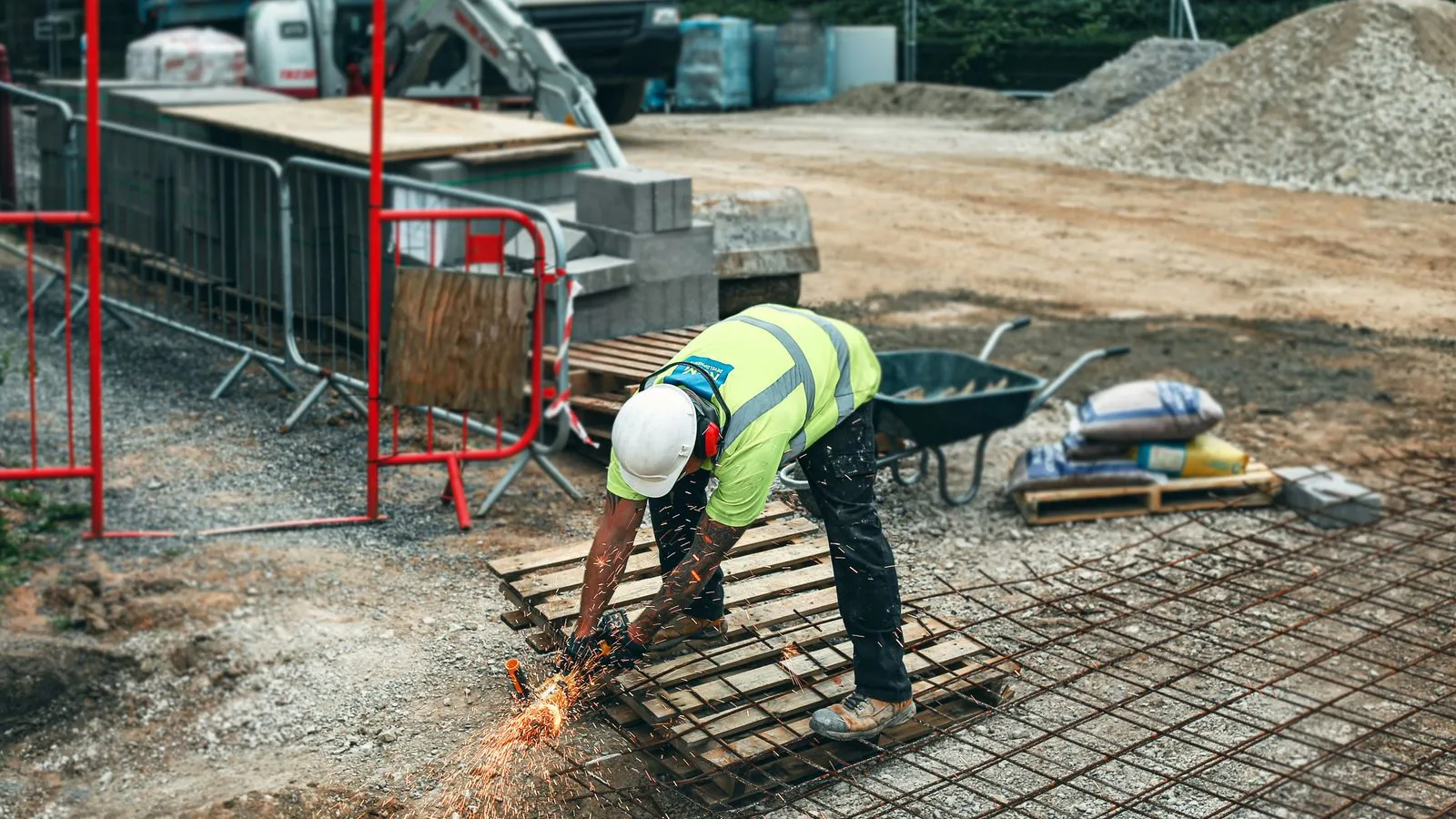Tendering isn’t just about getting the lowest price — it sets the tone for everything that follows. Get it wrong, and you’ll be defending delays, disputes, and blown budgets before the site sheds arrive.
Some projects need more than a fixed-price bid and a handshake. They need a contractor engaged early, solving design issues before anyone pours concrete.
That’s where two-stage tendering comes in. It’s not new, but it’s gaining traction — especially on complex or high-risk jobs where timing, collaboration, and clarity beat a simple lump sum. Below, we’ll explore how two-stage tendering works, why it matters, and how it’s used across the UK, Ireland, Australia, and New Zealand.
What is two-stage tendering
Two-stage tendering is a procurement method split into two parts:
• Stage one: The contractor is appointed under a pre-construction services agreement (PCSA). They collaborate with the client and design team to refine buildability, programme, and cost.
• Stage two: Once the design is sufficiently developed and the price is agreed, the contractor is formally engaged under the main construction contract (lump sum, target cost, or cost-plus).
Single-stage tendering, by contrast, requires the design to be complete before the contractor is appointed. That leaves no room for early input. Two-stage tendering closes that gap and gives the builder space to influence design decisions up front.
In the UK, two-stage tendering is common under JCT or NEC forms, including NEC’s Early Contractor Involvement (ECI) option. Ireland, Australia, and New Zealand use the same principles, often through design and construct (D&C) routes for government or infrastructure projects.
It makes sense when you:
• Need to start works before the design is final.
• Want contractor insights on methodology, buildability, or programme.
• Struggle to price the job accurately without market feedback.
The critical detail is clarity. Your PCSA must explain what’s included, how the price develops, and what happens if you can’t agree on stage two. If the deal falls apart, you don’t want to end up behind schedule or out of pocket. In many two-stage agreements, there is no obligation to proceed to the second stage if the price or terms cannot be finalised.
1. Early contractor involvement
Bringing a contractor in before the design is sealed changes everything. You get immediate feedback on construction methods, sequencing, and scope. That insight comes without waiting for final drawings or risking design flaws creeping onto site.
It’s already standard practice on public projects in the UK, Ireland, Australia, and New Zealand. In Queensland, early contractor involvement underpins road and rail upgrades. In New South Wales, it’s common for hospitals and schools where phasing is critical.
• Scope accuracy: Packages reflect what will actually be built, rather than what’s on paper.
• Budgeting: Estimates align with real market rates.
• Risk allocation: Known risks are flagged and assigned early, not buried.
• Design coordination: Trades, services, and finishes are reviewed with those who’ll install them.
On a data centre job in Auckland, an electrical subcontractor spotted that the riser layout clashed with switchboard clearance zones. It was fixed in design, not after the slab was poured. That’s the real payoff.
2. Improved cost transparency
Two-stage tendering separates early estimates from final pricing. In stage one, the contractor’s fee for pre-construction is fixed (prelims, overheads, profit). Then, as design develops, they refine trade costs and test the market.
By the time you hit stage two, the cost plan is built on actual quotes. No more guessing or chucking in a contingency just in case. This reduces post-award surprises and last-minute budget nightmares.
On an A$140 million health project in Victoria, early pricing showed a A$3 million gap in the façade package. The team was able to redesign with no gnashing of teeth halfway through construction.
Why does it help?
• Clear breakdowns: You see each trade’s cost as design advances.
• Rates reflect reality: Updated quotes match current supplier conditions.
• Scope clarity: You know what’s included before signing the main contract.
• Fewer budget shocks: There’s less need for frantic value engineering mid-project.
3. Reduced risk of disputes
Disputes rarely blow up overnight. They creep in via overlooked scope, vague handovers, and questionable cost assumptions. Two-stage tendering helps you tackle that up front by forcing frank chats when there’s time to fix things, often leading to fewer variations and claims.
Scope alignment
When the contractor helps shape the design, unseen gaps get caught early. You avoid extra claims and pointless finger-pointing. That includes:
• Temporary works spelled out so everyone knows who’s paying.
• Responsibility for setout and coordination documented before trades start.
• Defined roles and tasks, not guesswork scribbled on a whiteboard.
On a commercial tower in Parramatta, a façade installer uncovered missing edge protection. The contractor adjusted preliminaries before the package went out. No dispute. Everyone moved on.
Pricing clarity
Because pricing is refined in two stages, you’re not grappling with guesswork after site mobilisation. You both know the scope and how much it costs. Less guesswork equals less fighting.
4. Faster project delivery
With two-stage tendering, you don’t have to wait for a fully resolved design. The builder can be appointed early, and procurement for long-lead items can start in parallel.
On a school project in South Australia, structural and mechanical trades were let well before planning approval. By the time the ink dried on the main contract, crews were ready to roll.
It also saves time sorting design issues that typically surface mid-build. If a clash is flagged early, you fix it without shutting down site.
How it speeds everything up
• Parallel design and tendering remove delays.
• Major orders go in early (precast, lifts, chillers).
• Buildability headaches are fixed before trades arrive.
• You start construction when you’re truly prepared.
That’s not about sprinting. It’s about trimming wasted downtime.
Single-stage vs two-stage tendering
The big difference is timing. Single-stage tendering requires a finished design before you get a price. It’s usually quicker to award but offers no early contractor involvement. Two-stage tendering engages the contractor sooner, helping refine design and cost along the way.
When to use which
• Single-stage: Straightforward jobs with clear, fixed designs. Common for fit-outs, retail spaces, or repetitive builds.
• Two-stage: Complex, high-risk projects. Hospitals, live environments, or anything with incomplete design or intense staging.
Some public-sector clients still default to a single-stage approach in the name of transparency. But two-stage tendering is now widely accepted when complexity, risk, or speed matter most.
As one contracts manager put it,
“Single-stage gives you a number. Two-stage gives you a partner.”
Frequently asked questions about two-stage tendering
What is the two-stage bidding process?
It involves appointing a contractor under a pre-construction agreement to help nail down design, costs, and methodology. Once you’re both comfortable with the numbers, you sign the main construction contract.
What is the difference between single-stage and two-stage tendering?
Single-stage means the contractor prices from a complete design in one go, usually ending in a lump sum. Two-stage brings them in earlier for design and cost input, with final pricing agreed later.
What is the main advantage of two-stage tendering?
It lets you and your contractor solve problems before you start on site. The result is less guesswork, better cost control, and a more collaborative working relationship.
A better path forward
Two-stage tendering thrives on clarity and coordinated documents. That can be tough when multiple stakeholders swap files via email or spreadsheets.
ProcurePro offers an integrated platform that streamlines your two-stage journey. With one system to manage scopes, compare subcontractors, record approvals, and finalise contracts, you sidestep rework and confusion.
If you’re exploring a two-stage tender, see how ProcurePro can simplify the process, reduce administrative headaches, and keep everyone on the same page.
Book a demo to speak to a procurement expert (your next project might just thank you).







